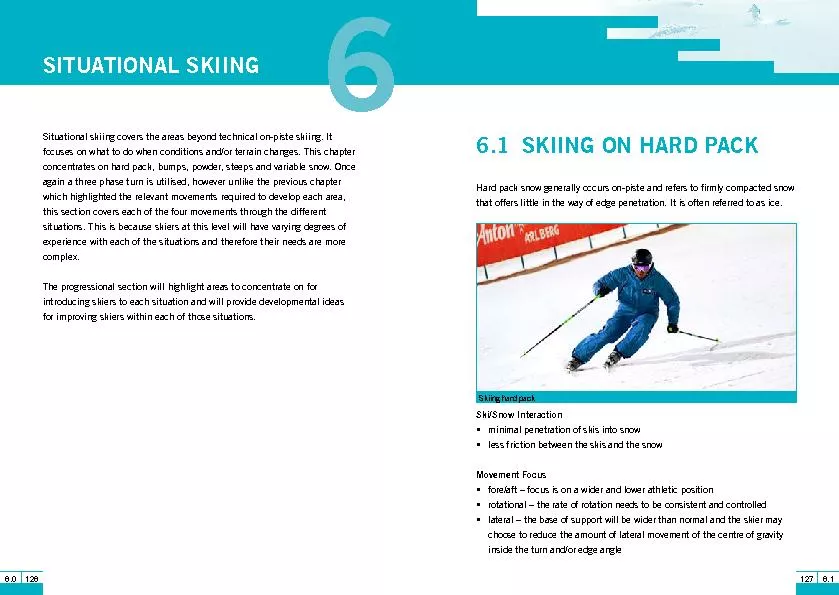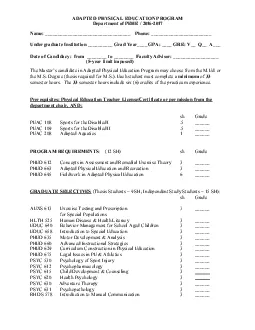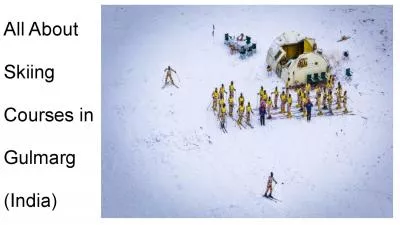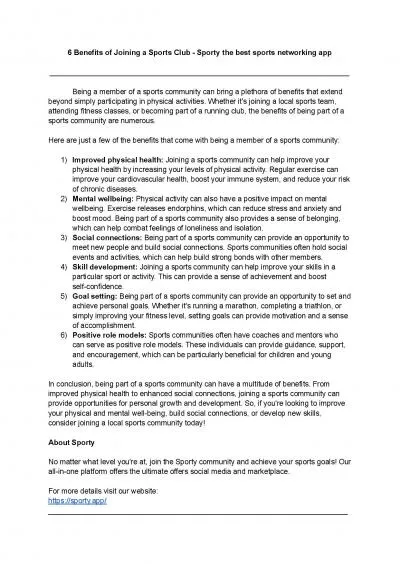PPT-KEY WORDS: cross country skiing, disabled sports, biomechan
Author : yoshiko-marsland | Published Date : 2018-01-07
ACKNOWLEDGMENT Thank you to the Sports Rack and Down Wind Sports for the loan of ski poles Wright and Filippis for the loan of a sitski and Laura DeWitt for assisting
Presentation Embed Code
Download Presentation
Download Presentation The PPT/PDF document "KEY WORDS: cross country skiing, disable..." is the property of its rightful owner. Permission is granted to download and print the materials on this website for personal, non-commercial use only, and to display it on your personal computer provided you do not modify the materials and that you retain all copyright notices contained in the materials. By downloading content from our website, you accept the terms of this agreement.
KEY WORDS: cross country skiing, disabled sports, biomechan: Transcript
Download Rules Of Document
"KEY WORDS: cross country skiing, disabled sports, biomechan"The content belongs to its owner. You may download and print it for personal use, without modification, and keep all copyright notices. By downloading, you agree to these terms.
Related Documents














